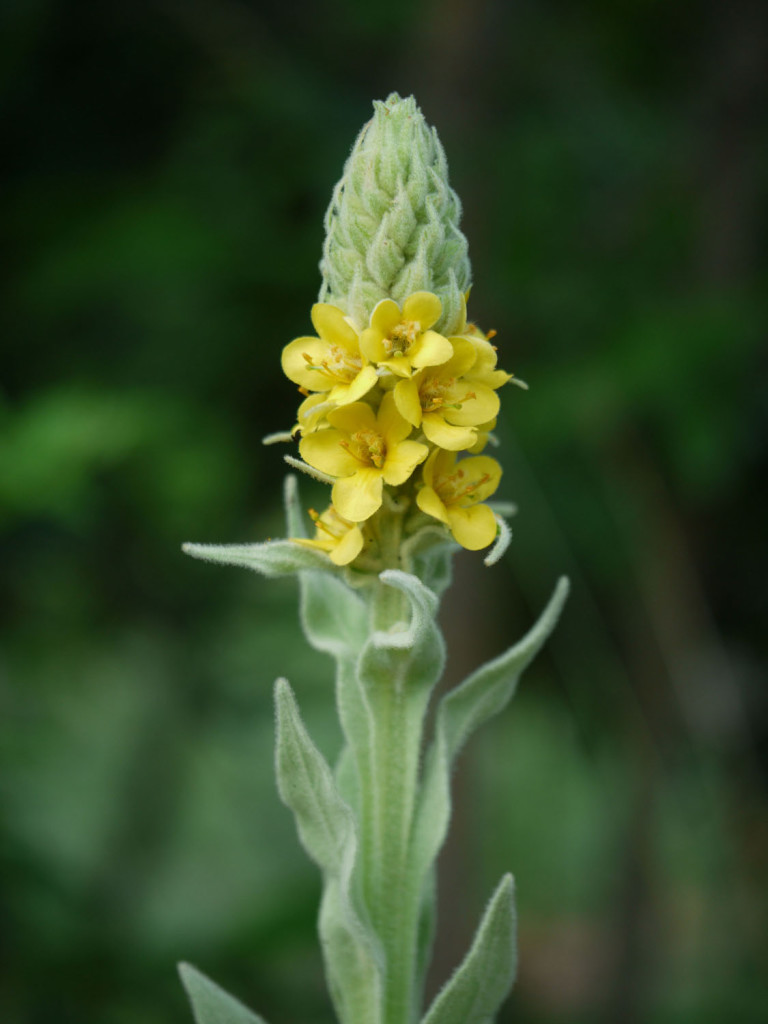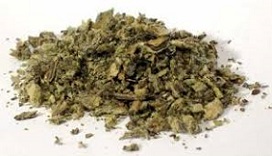



Inflammation: Soothing inflammation from gout and migraines.Hair care: Stimulating hair growth and protect against dry scalp.Wounds: Antiseptic, antiviral, and antibacterial agent for topical inflammation and wounds.Chest infections: Speeding up recovery from bronchitis and chest infections.Respiratory health: Soothing respiratory ailments, such as asthma, sore throat, and dry cough.Disinfectant: Brewing the leaves into a tea or tincture can be used as a disinfectant.Ear infection: Crushing mullein leaves into a paste to alleviate ear infections.Bursitis: Using the leaves or flowers topically on the knees to calm bursitis.There are many impressive benefits to using mullein leaves, particularly for respiratory ailments, cardiovascular health, and various infections, among others. For this reason, this herb can be ingested, smoked or applied topically in different forms to alleviate a wide range of ailments. Those active ingredients include unique compounds, such as verbascose and verbasterol, as well as coumarins, ascorbic acid, saponins, and other antioxidants. While it may seem counterintuitive, you can actually smoke these leaves to improve lung health, due to the active ingredients of the plant. Flowers are yellow in color, approximately 1 inch in diameter, and consist of five petals.Īn oval capsule, approximately 6 mm in diameter.Mullein weed is useful for symptomatic treatment of sore throat and cough. These spikes may reach as much as 20 inches in length. Many flowers occur in a dense spike at the end of the flowering stem. Stems may reach as much as 6 feet in height and are also densely hairy. Leaves become progressively smaller up the flowering stem.Įrect, unbranched, occurring during the second year of growth. Rosette leaves are oblong in outline, ranging from 6 to18 inches in length. All leaves are covered in hairs, to the point that leaves are most often described as being 'woolly'. Leaves initially develop as a basal rosette during the first year of growth and then occur alternately along the flowering stem during the second year of growth. Subsequent leaves are also densely hairy and have more wavy margins. First true leaves have many soft hairs and are oval in outline with only slightly wavy margins. Teas and ointments made from theĬotyledons are spatula-shaped. Common mullein was brought to America by the Puritans, who used the plant as a medicinal herb. A biennial that may reach as much as 7 feet in height with large woolly leaves and a long spike with many showy yellow flowers.


 0 kommentar(er)
0 kommentar(er)
